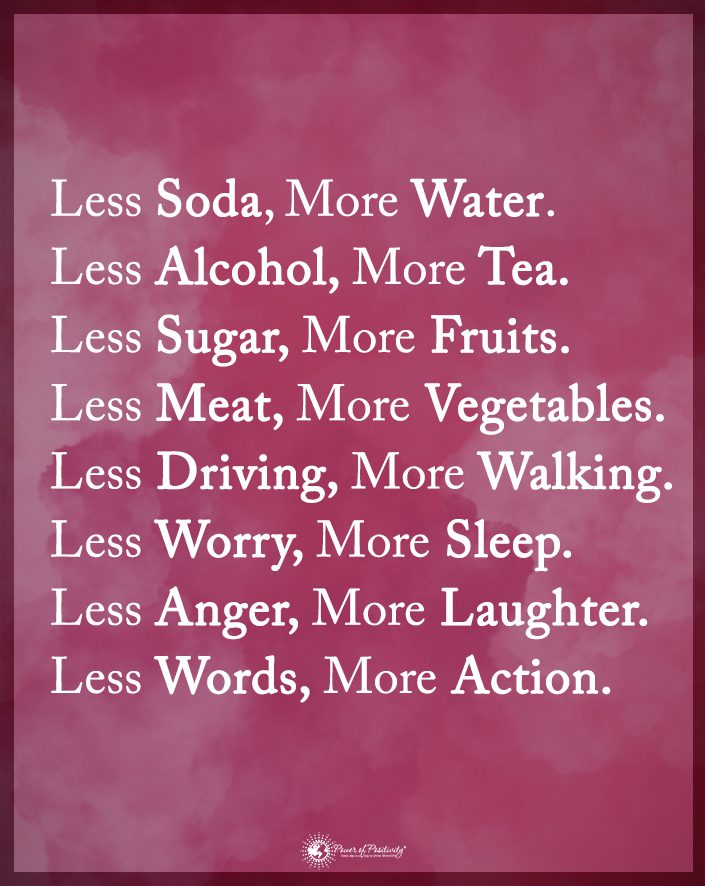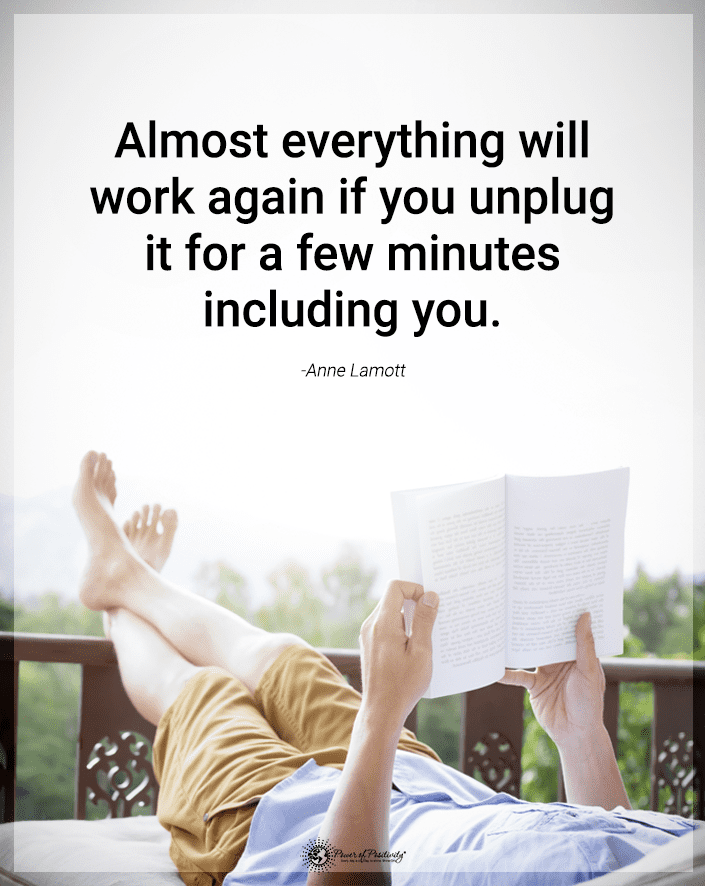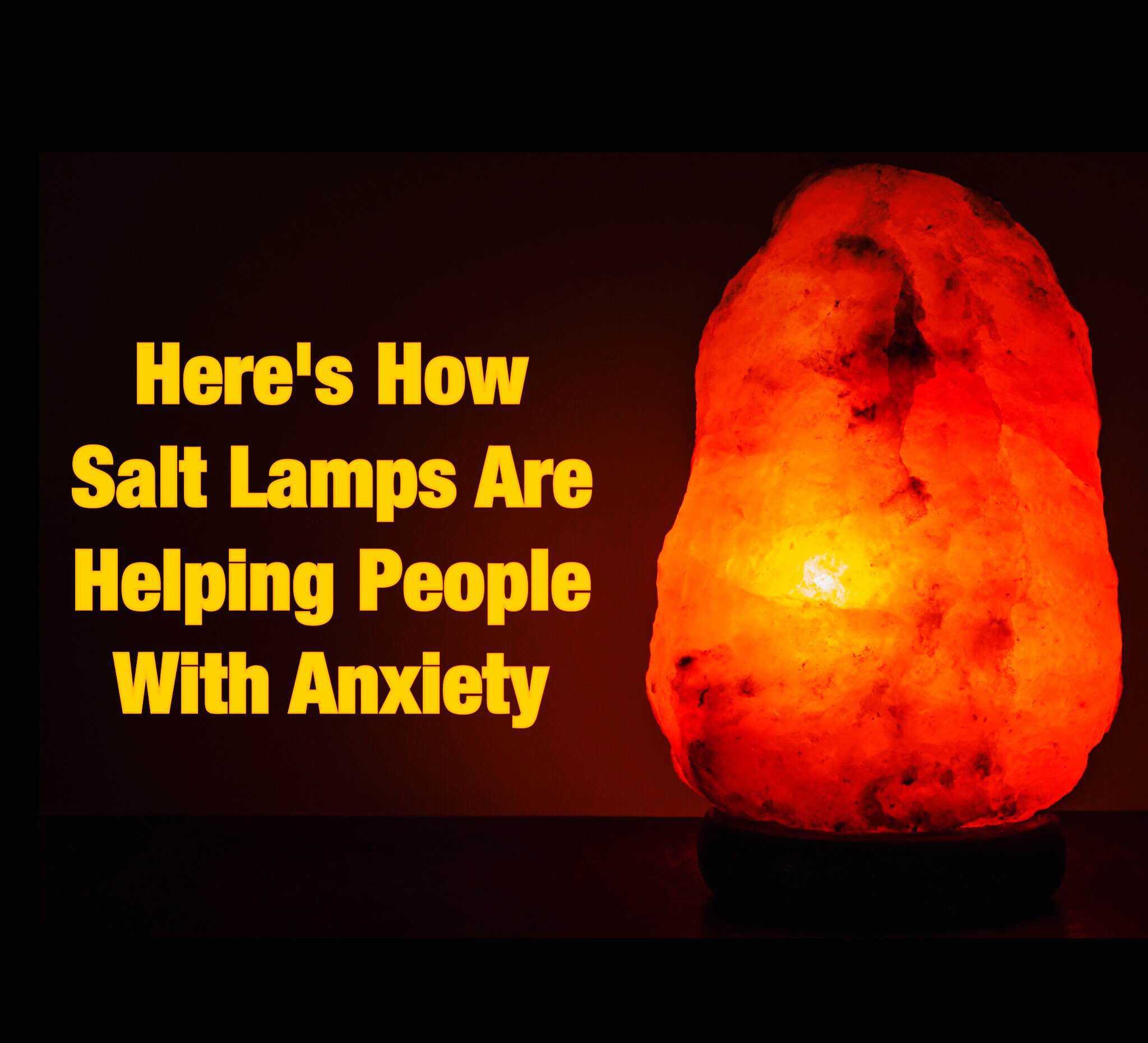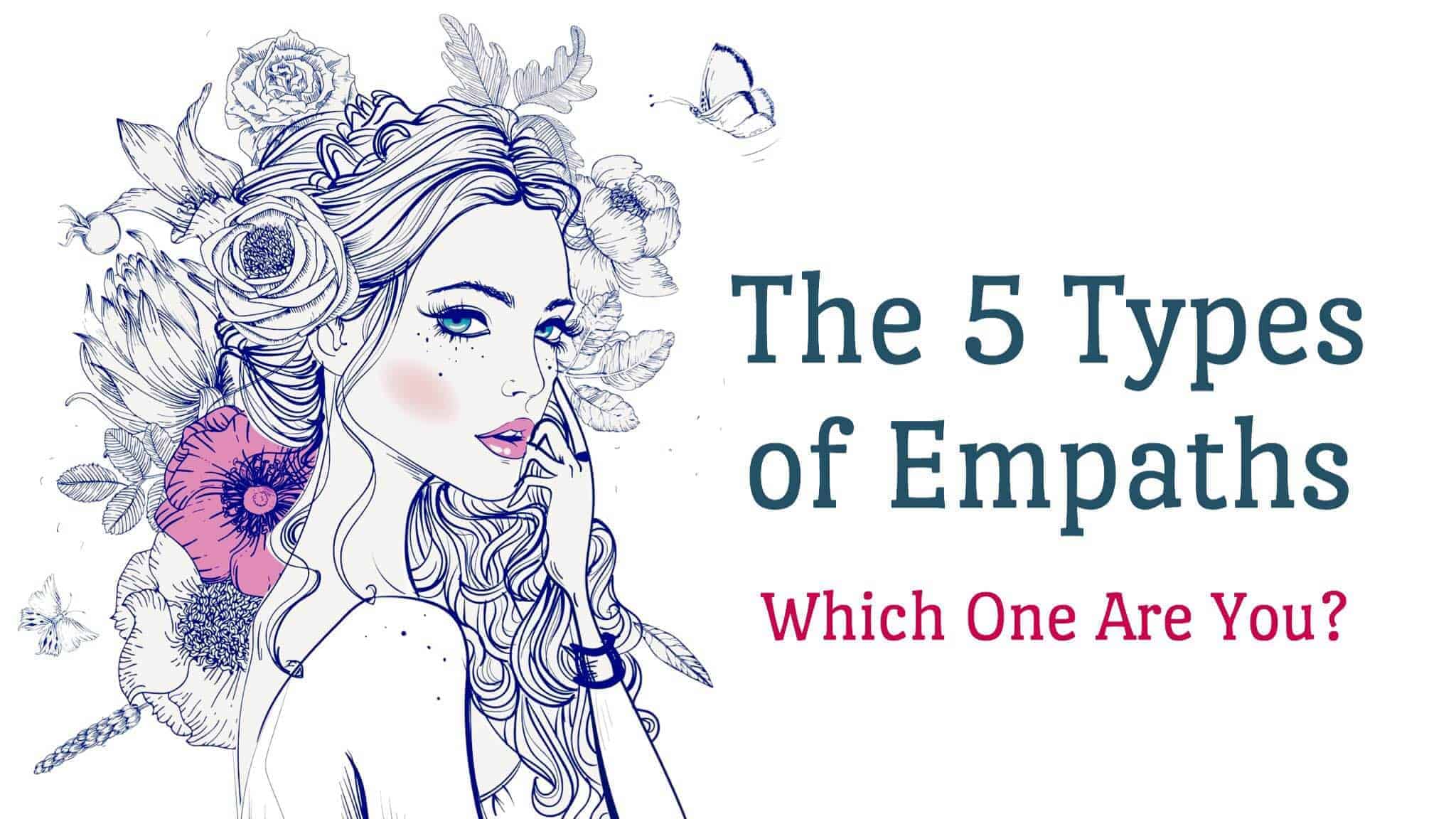A sleep company based in India went viral when it announced a ‘right to nap’ policy. In the past, sleeping at work seemed lazy, but companies encourage it nowadays. Thankfully, businesses have realized that well-rested workers make happier, more productive employees. And, in our overstressed world, a nap serves as a way to slow down and recharge.
Recognizing the importance of employee well-being extends beyond just allowing naps; it’s about fostering a culture of support and understanding. Building high-performing teams in the workplace involves nurturing an environment where individuals feel valued, motivated, and empowered to excel. This means providing ample opportunities for skill development, encouraging open communication, and promoting a healthy work-life balance.
Effective leaders understand that teams that perform at a high level are comprised of individuals who are not only well-rested but also motivated and engaged in their work. Investing in team-building activities, regular check-ins, and professional development opportunities can further enhance cohesion and performance. By acknowledging the diverse strengths and perspectives within the team, leaders can leverage these differences to drive innovation and problem-solving. Ultimately, creating an environment that prioritizes both well-being and performance is essential for cultivating teams that consistently excel and adapt in today’s dynamic workplace landscape.
Wakefit, a sleep goods company that manufactures mattresses and pillows, established its new sleep policy in May 2022. The company blocked out 30 minutes from 2 pm to 2:30 pm, instructing workers to rest. Most people only dream of getting paid to sleep, but this company made it a reality!
It also comes as welcome news since around 70 million Americans suffer from chronic sleep problems, according to the CDC. Wakefit co-founder Chaitanya Ramalingegowda said that the company had been in the sleep business for six years. However, they had overlooked an important part of their employees’ health: the afternoon nap.
So, the company decided to rectify this and ensure no work gets done in the 30-minute rest period. While they’ve always encouraged employees to rest, they had never established a mandated nap time before. Now, Wakefit’s roughly 1,500 employees can benefit from the daily rest period penciled into their calendars.
Research Shows How Napping Increases Productivity
Research shows that afternoon napping can improve focus, productivity, memory, and innovation. In fact, a NASA study discovered that pilots who took a 26-minute nap had 54% improved alertness. They also showed 34% increased job performance compared to pilots who didn’t rest.
Ramalingegowda also cited a study conducted by Harvard University and Harvard Medical School, which analyzed participants performing visual perception tasks in four 60-minute intervals. Some participants took naps between 30 minutes and one hour after the second session.
Researchers found that half-hour naps participants maintained their performance throughout the sessions. However, the volunteers who took one-hour naps showed even more enhanced productivity.
‘Right to Nap’ Policy A Hit Among Wakefit Employees
Before the pandemic, naps at work were practically unheard of and not considered by most employers. However, employees learned the benefit of daytime naps when remote work became more popular during lockdowns.
They made time for a quick snooze between calls or meetings with more flexible schedules. This allowed them to recharge during the day and restore their focus for the afternoon.
Wakefit’s right to nap policy comes almost a year after the company encouraged employees to take weekend naps. The company cited that naps could help reduce fatigue, increase alertness, boost mood and improve productivity.
Wakefit aims to create a perfect sleep environment for its employees in the office. The company started building cozy sleep pods and carving out quiet areas in its offices devoted strictly to naps.
Wakefit said in a statement: “An afternoon nap is instrumental in helping the body recharge and refocuses on the task at hand, thus improving workplace productivity and motivation. Conversations around afternoon naps became predominant with the advent of work-from-home, and companies are slowly but steadily realizing its importance.”
Wakefit Employees Love the Innovative Napping Policy
Prateek Malpani, Brand Head at Wakefit, posted Ramalingegowda’s email to his LinkedIn account. He praised the nap policy in the caption, which read:
“Hahaha! What just happened. Quite truly walking the talk. This is for REAL. We just announced official nap time. I can proudly say I am getting paid to sleep at work!”
Ramalingegowda said that after announcing the right to nap policy, he received an overwhelmingly positive response from employees. This surprised him and other executives as they didn’t think it would have such an impact. He added that the policy helped employees who use public transit since they have to wake up earlier.
Additionally, he said that many employees had praised the company on social media. This encourages them to continue their quest to optimize employee health and advocate for their workers.
In 2020, Wakefit even started a sleep internship where they pay employees $1,400 to sleep 9 hours per night for 100 nights. They provided the interns with mattresses and fitness trackers to optimize their sleep. Clearly, the company cares deeply about its employees and wants them to prioritize their health!
Other Companies Encourage Employees to Nap
Twitter and Reddit users have also applauded the company’s progressive approach to naps. Some even commented that their company adopted policies allowing employees to nap. The trend is starting to catch on as companies around the globe see the benefit of catnaps.
Other companies that allow and urge employees to nap include Google, Uber, Zappos, Huffington Post, Facebook, and even Ben & Jerry’s! Perhaps the most well-known for its nap-friendly policies is Google, where you can find sleeping pods in employee lounges. The pods have a privacy visor, built-in speakers, and a programmed nap setting.
The Facebook headquarters offers capsule-shaped pods for employees to nap during the day. They have sliding doors for privacy and even have comfy mattresses inside!
Zappos employees can relax in massage chairs while watching fish swim in a 25-foot, 3,500-gallon saltwater aquarium. There’s nothing that calms your mind like watching fish swim in tranquil blue waters from the comfort of a massage chair.
Thankfully, more employers have realized that their employees require adequate sleep to perform their best. Hopefully, we will see more companies adopt nap policies in the future!
Final Thoughts on India Sleep Company’s Right to Nap Policy
A mattress and pillow manufacturer in India realized that, despite making customers happier, they had overlooked their employees. However, the sleep company called Wakefit recently enforced a ‘right to nap’ policy from 2-2:30 pm each day. Employees can’t perform any work during that period and are encouraged to snooze mid-day.
Before the pandemic, most people probably thought only elementary school children should take a daily snooze. However, many studies prove that adults can benefit from afternoon rest also! Most employers have seen improvements in productivity after allowing workers to rest during the day.
Slowing down isn’t just good for business; it’s vital for mental and physical health. Does your boss let you nap at work? Let us know in the comments!


















